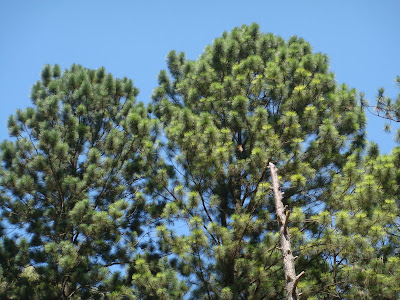
Parts of the book were good. They made me laugh. But parts were boring. This was for my morning light reading in the cab.
I have noted two passages from the book here.
Good advertising can make people buy your product even if it sucks. That’s important, because it takes the pressure of you to make good products. A dollar spent on brainwashing is more cost-effective than a dollar spent on product improvement.
Obviously there’s a minimum quality that every product has to achieve. It should be able to withstand the shipping process without becoming unrecognizable. But after the minimums are achieved, its advertising that makes the big difference.
A good advertising campaign is engineered to fit a precise audience. In particular, there is a huge distinction between what message works for men and what message works for women.
Males are predictable creatures. That makes it easy to craft a marketing message that appeals to them. All successful advertising campaigns that target en include one of these two messages.
1.This will help you get dates with bikini models.
2.This product will save you time and money, which you’ll need if you want to date bikini models.
Compared to simple minded brutish men, women are much more intricate and complex. Your advertising message must appeal to women’s greater range of intellectual interests and aesthetic preferences. Specifically, your message has to say this:
1.If you buy this product, you’ll be a bikini model.
----------------------------------------------------------------------
You can make your product look special by disguising the true costs and then claiming its more economical than the alternatives.
Some good techniques for disguising the true cost of your product include:
1.Link payments to exotic interest rates such as the Zambian Floating Q Bond.
2.Offer discount plans so confusing that even Nostradamus would throw up his hands and say, “I donno. You tell me.”
3.Give coupons that are redeemable for prizes through an impossible inconvenient process that combines the worst elements of scavenger hunts, tax preparation and recycling.
4.Compare your lowest cost plan with the competitor’s highest cost plan
5.Offer lease options to people who are bad at math
6.Assess gigantic penalties for customers who miss payments. Once in a year, forget to mail the customer a bill
7.Offer steep discounts for initial payments, followed by obscene price increases. Make it difficult for customers to wiggle out after they are caught in your web.
8.Sell the product without any of the features that could make it useful for example computers without keyboards and RAM.











































